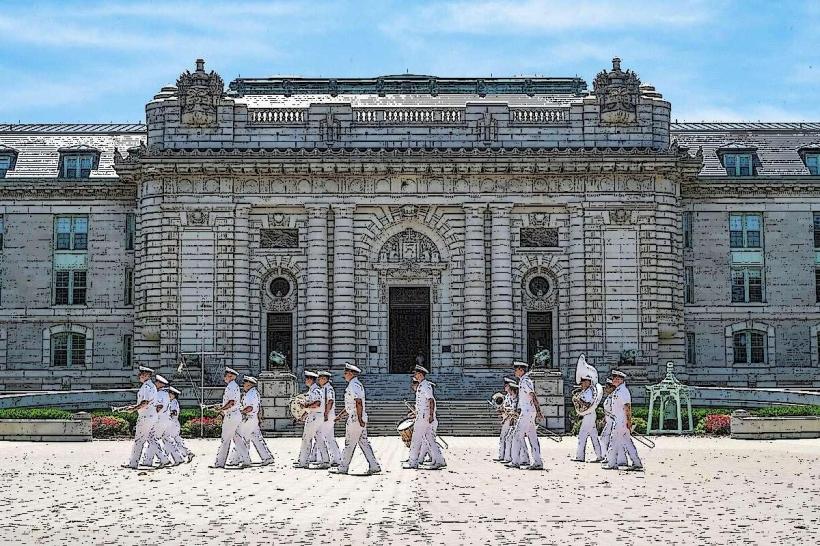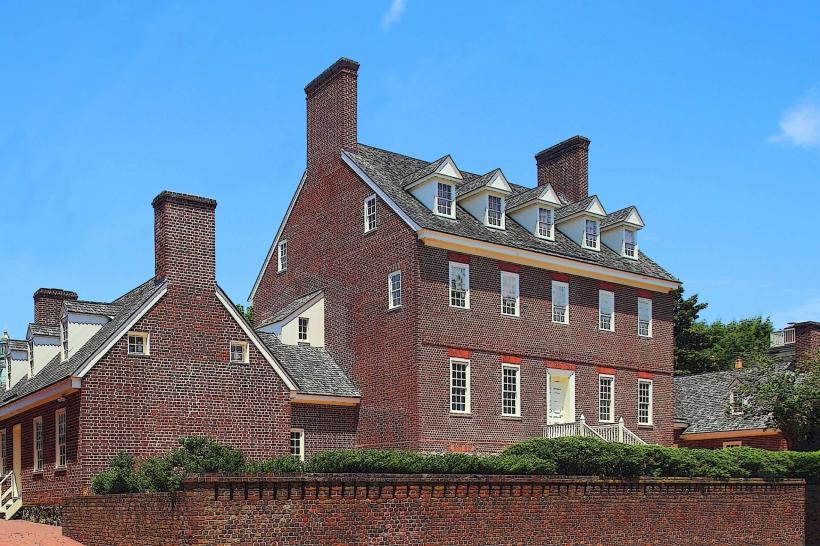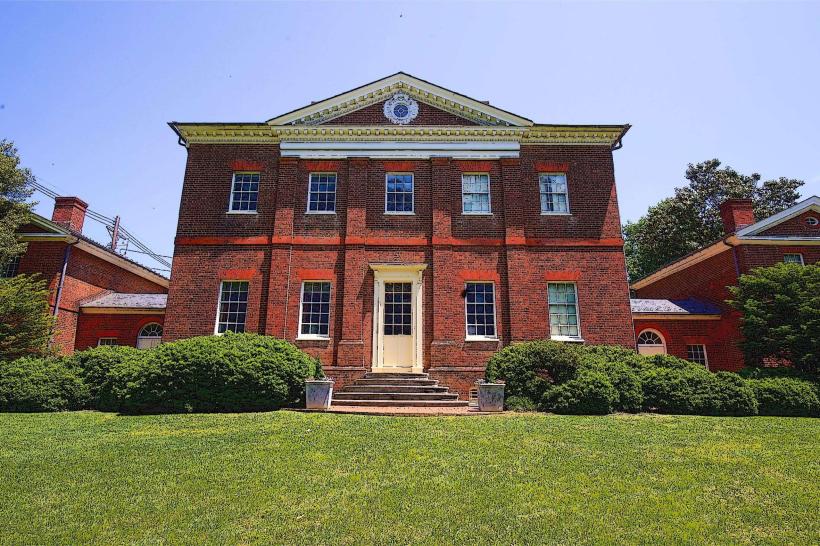Information
Landmark: Patuxent River Naval Air MuseumCity: Annapolis
Country: USA Maryland
Continent: North America
Patuxent River Naval Air Museum, Annapolis, USA Maryland, North America
Overview
In Lexington Park, Maryland, the Patuxent River Naval Air Museum showcases the history and cutting-edge technology of naval aviation, with a special focus on innovations tested at the nearby Naval Air Station Patuxent River, where the roar of jet engines still echoes, along with step inside the museum and you’re stepping into the U. S, after that navy’s hidden world of flight tests and bold aerospace breakthroughs-where the roar of a jet engine feels close enough to touch.Founded in 1978, the Patuxent River Naval Air Museum-run by its own association-brings to life over eighty years of aviation history, from the hum of wooden propellers to the fierce roar of modern jets and whirring drones, to boot this is one of the country’s rare facilities devoted entirely to naval flight testing, where visitors can step inside cockpits, study gleaming engines, and explore an extraordinary mix of rare aircraft, experimental avionics, UAVs, and immersive simulators.You’ll find it at 22156 Three Notch Road in Lexington Park, Maryland, right across from NAS Patuxent River-one of the Navy’s busiest and most vital flight test hubs where jet engines sometimes roar through the afternoon air, at the same time the museum’s layout spreads across three main sections, starting with the first-a glowing, echoing hall filled with sunlight through tall windows.Inside the Test and Evaluation Hall, you’ll find aircraft gleaming under dazzling lights, flight gear laid out with worn leather straps, wind tunnel models, and exhibits that bring to life the work of test pilots and engineers in shaping naval aviation, likewise you’ll find jet engine cutaways with gleaming metal blades, cockpit sections you can peer into, video presentations alongside interactive kiosks, flight suits, helmets, and G-suits from high-performance aircraft tests, plus a theater showing documentaries and oral histories.The Flight Technology Hall, one of the museum’s newer buildings, dives into the tech behind aviation with displays of unmanned systems-think sleek drone models and UAVs used in reconnaissance and combat tests-alongside ejection seats, pilot safety gear, and life-support equipment, meanwhile on certain days, visitors can climb into flight simulators, while the walls feature art and rotating exhibits on women in aviation, the naval test pilot school, and advanced propulsion systems.Outdoor Flight Line - an open-air showcase featuring more than 25 real Navy test aircraft, their metal skins gleaming under the sun, consequently they span everything from helicopters and carrier-launched jets to sleek experimental prototypes.On the sun‑baked tarmac, aircraft sit in neat rows, each with a sign explaining its history, equally important you’ll find everything from the sleek F/A‑18B Blue Angels jet and the legendary F‑14 Tomcat to the AV‑8B Harrier II, plus rare prototypes like the X‑32B and X‑35C from the Joint Strike Fighter program.Nearby, historic radar arrays hum quietly beside weather buoys and a gleaming lighthouse cupola restored from Cedar Point, therefore the collection showcases icons such as the McDonnell Douglas F‑4J Phantom II, a Navy speedster from Vietnam; the Lockheed S‑3 Viking, built for anti‑submarine and carrier missions; the swing‑wing Grumman F‑14 Tomcat; a full‑scale Northrop Grumman X‑47B unmanned combat mock‑up; and the Bell UH‑1 Huey, the workhorse helicopter of Vietnam and beyond.On weekends, you can step into the flight simulators and grip the controls, feeling every tilt and thrust of a modern jet, while docent Tours: Retired Navy vets and engineers often step up to guide visitors, weaving in vivid memories from test missions-like the roar of an engine before lift‑off.School groups and summer camps often drop by the museum for aviation workshops, hands-on experiments, and tricky engineering challenges, sometimes tinkering with model planes under the hum of jet engines, then the “80 Years of the U. S, and naval Test Pilot School” exhibit (2025–2026) takes you inside the elite training program at NAS Patuxent River, where the roar of jet engines marks each fresh chapter in its history, a little The museum brings the community together with Memorial Day and Veterans Day ceremonies, lively aviation festivals, and “Meet the Aircraft” days, where kids can shake a pilot’s hand and feel the worn metal of a cockpit, alternatively decompression Nights: once a month, the community gathers for lively talks, a cup of something warm, and a chance to wander the exhibits long after closing.The Patuxent River Naval Air Museum welcomes visitors Tuesday through Saturday from 10 a.m, simultaneously to 5 p.m, and Sundays from noon to 5 p.m.; it’s closed Mondays and major holidays.Admission is $10 for adults, $7 for seniors and active-duty military, $4 for youth ages 6–12, and free for children under five, with group and school discounts available, in addition you’ll find a gift shop stocked with aviation-themed souvenirs, plenty of parking for cars, buses, and RVs, ADA-compliant facilities, indoor restrooms, water fountains, and an onsite tourist center for St. Mary’s County, simultaneously nearby, you can spot the Naval Air Station Patuxent River from the grounds, explore Historic St. Mary’s City, stroll Solomons Island’s waterfront, or visit the Calvert Marine Museum, not only that it’s an engaging destination where the story of naval aviation testing comes vividly to life.Packed with rare aircraft, hands-on simulators, detailed exhibits, and lively educational programs, the museum draws aviation buffs, curious families, school groups, and anyone fascinated by the roar of military history or the reach of aerospace technology, besides because it’s so closely tied to NAS Patuxent River, it’s one of the rare spots where civilians can step inside and notice naval flight innovation up close-like watching engineers test a modern cockpit display.
Author: Tourist Landmarks
Date: 2025-10-06


















